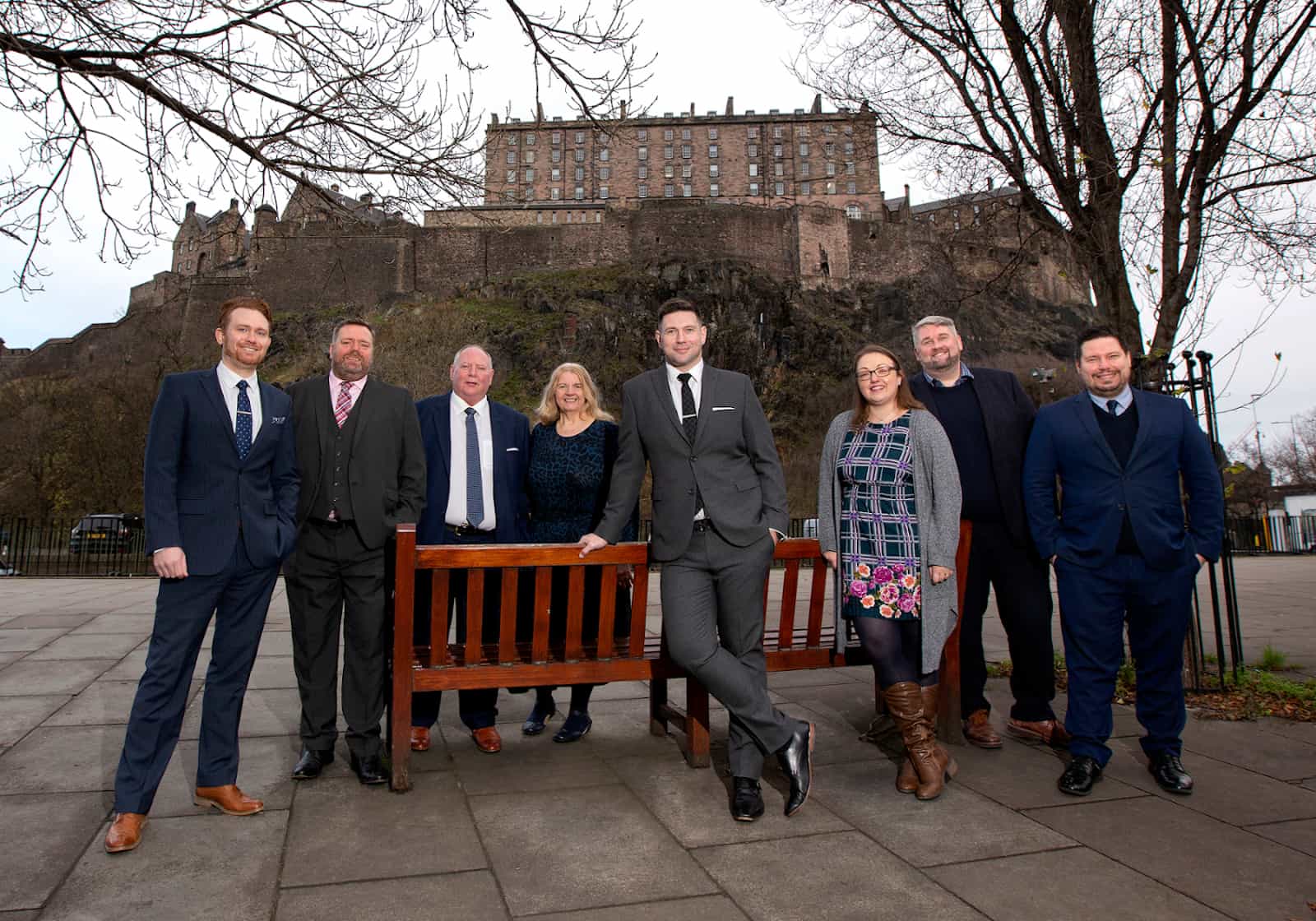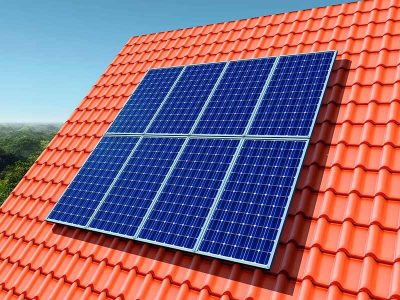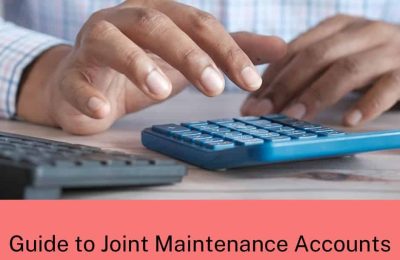More and more people are recognising the unique advantages of property investment, and Edinburgh and Scotland’s Central Belt, in general, is a great place to invest in property thanks to steadily rising property prices.
First off, we have to understand the different costs associated with purchasing a buy-to-let property:
- Cost of the property itself (typically a downpayment)
- LBTT (Land & Buildings Transactions Tax)
- ADS (Additional Dwelling Supplement)
- Solicitor fees
- Furnishings (for furnished property)
- Cost of legally required certificates (e.g. EICR, HMO license)
- Cash buffer (recommended for emergencies)
Buy-to-let mortgages
When it comes to the cost of the property, most people choose to cover part of the price with a downpayment and the rest with a specialist buy-to-let mortgage.
With buy-to-let mortgages, loan-to-value (LTV) ratios typically hover at around 75%, meaning you need a 25% deposit for the purchase. So if you were to buy a £110,000 one-bedroom flat, you’d need a deposit of at least £27,500.
With an interest-only mortgage (rather than a repayment one) you can maximise your rental income and make back your initial investment faster.
Other costs
Solicitor fees associated with buying property typically range between £1000-2000. LBTT applies for properties with a purchase price of over £145,000, and the fees start at 2%.
ADS is an LBTT supplement on purchases of additional residential properties in Scotland (BTL properties, 2nd homes, holiday homes, etc). The ADS tax is 4 percent of the total purchase price (of properties valued at £40,000 or more).
There are also legally required certificates you need to get in order to prove your property is safe for your tenants, such as a gas safety certificate. I’d recommend that you set aside a couple of hundred pounds for these.
Finally, you need to consider the cost of buying furniture for your buy-to-let property if you’re opting for a fully or partly furnished property – this means you can charge a little more rent. Additionally, I’d recommend having at least a couple of hundred pounds set aside in case of unforeseen maintenance issues.
So how much do I need?
The bottom line is that there’s no one-size fits all answer, but if you want to get started in property investment in Scotland right now, you’ll likely need a minimum of about £35,000.
Of course, this figure will change depending on the size and exact location of your potential investment property, so your best bet is to talk to a property investment manager to get started.
With property prices steadily increasing in Edinburgh and across central Scotland, now is the time to get started in property investment, whether you’re looking for some extra passive income or simply to invest your money in a relatively stable, physical asset.











